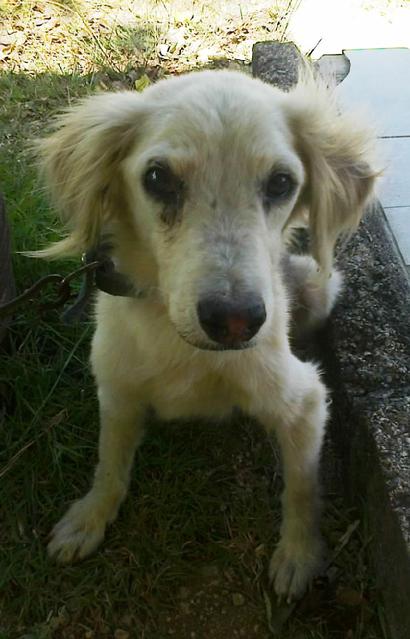| CANINE DISTEMPER REVISITED |
 |
| Click on the above image for more detailed information on Canine Distempter |
|
| Canine Distemper is an "old" disease that was once diagnosed with a fair frequency. Despite long being superseded by Parvovirus as THE top canine viral disease in our practices, and suppressed by vaccination, Distemper still persists and will be encountered from time to time.
Distemper is a highly contagious, debilitating, multisystemic viral disease of carnivores including dogs, ferrets, raccoons, lions and ocelots. The virus is an RNA Morbillivirus loosely related to the human measles virus and the rinderpest virus of ruminants.
The distribution is worldwide and domestic dogs are considered important reservoirs. The highest incidence of disease is found in young (2-6 months old) unvaccinated dogs. All body secretions and excretions of infected animals are infectious. Transmission is primarily via inhalation of aerosolized body secretions or contact with fomites. Transplacental infection may occur rarely. Recovered animals may shed the canine distemper virus (CDV) for 1-2 weeks post recovery but rarely 60-90 days post recovery.
Clinical signs observed are variable and may be general/non-specific, respiratory, gastrointestinal, ocular and neurological. While no specific therapy exists, treatment is attempted via supportive and symptomatic care.
Prevention is best done through vaccination of young pups from 6 weeks until 16 weeks of age with the CDV modified live virus and yearly boosters for adults.
For details on Canine Distemper, please click on the photograph to the left.
Acknowledgements: Dr. Roxanne Bennett, Dr. Kareen Robinson
|
|